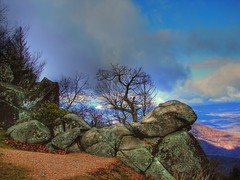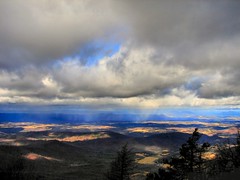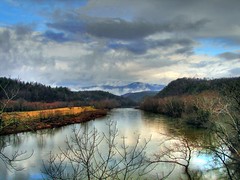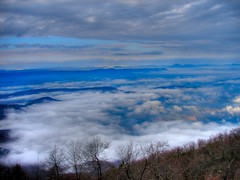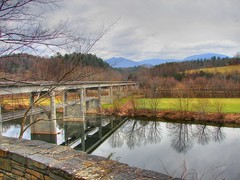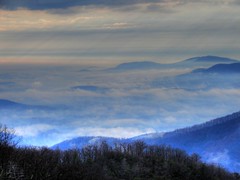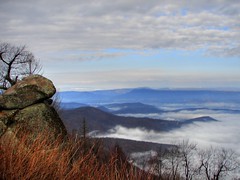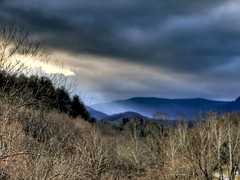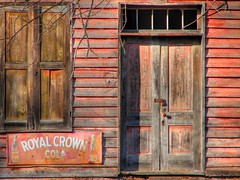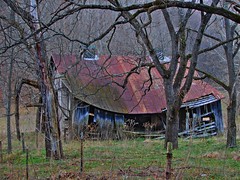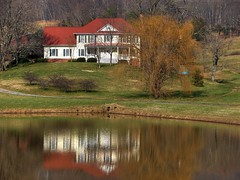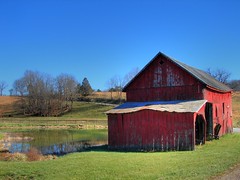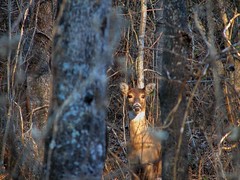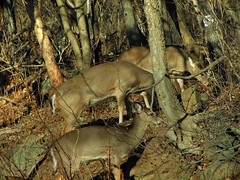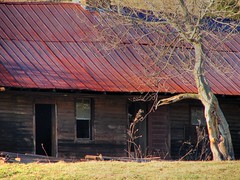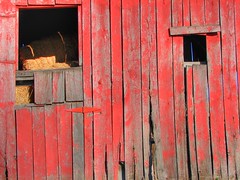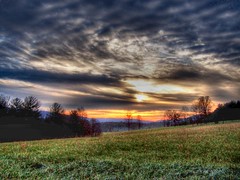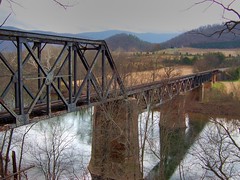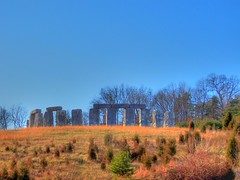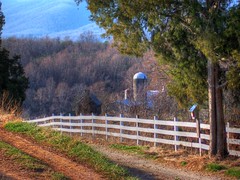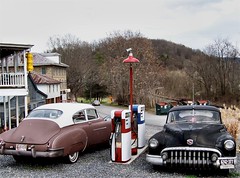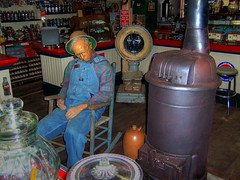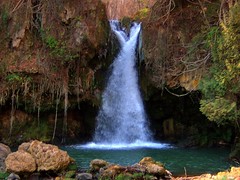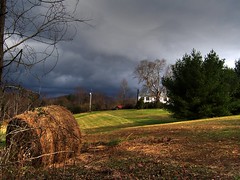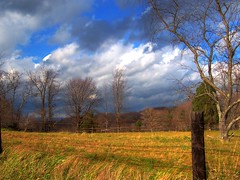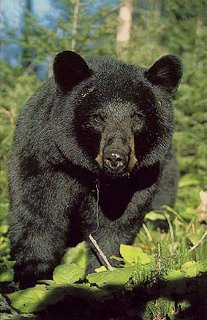
Image: Artist Thomas Nast's depiction of a mournful Christmas Eve in December of 1863.
This is one of Thomas Nast's depictions of a heartsick separated family's Christmas during the third year of the American Civil War. The woman looks longingly at the winter's moon while the lonely soldier gazes sadly at his family's picture.
This photograph originally published in Harper's Weekly, now courtesy of the Library of Congress.
According to historian
Ronald Hutton, the current state of observance of Christmas is largely the result of a mid-Victorian revival of the holiday spearheaded by Charles Dickens. In A Christmas Carol, Hutton argues, Dickens sought to construct Christmas as a family-centered festival of generosity, in contrast to the community-based and church-centered observations, the observance of which had dwindled during the late eighteenth and early nineteenth centuries. The holiday, remade as a family-centered rather than community-centered festival, carried its own set of contradictions: the practice of gift-giving created the possibility of commercialization, and the shift from community to familial focus further eroded the traditions of communal religious observance.
Historian
Stephen Nissenbaum contends that the modern celebration in the United States was developed in New York State from existing Dutch traditions in order to re-focus the holiday from one where groups of young men went from house to house demanding alcohol and food into one that was focused on the happiness of children. He notes that there was deliberate effort to prevent the children from becoming greedy in response.
For a nation torn by civil war, Christmas in the 1860s was observed with conflicting emotions. Nineteenth-century Americans embraced Christmas with all the Victorian trappings that had moved the holiday from the private and religious realm to a public celebration. Christmas cards were in vogue, carol singing was common in public venues, and greenery festooned communities north and south. Christmas trees stood in places of honor in many homes, and a mirthful poem about the jolly old elf who delivered toys to well-behaved children captivated Americans on both sides of the Mason-Dixon Line.
But Christmas also made the heartache for lost loved ones more acute. As the Civil War dragged on, deprivation replaced bounteous repasts and familiar faces were missing from the family dinner table. Soldiers used to "bringing in the tree" and caroling in church were instead scavenging for firewood and singing drinking songs around the campfire. And so the holiday celebration most associated with family and home was a contradiction. It was a joyful, sad, religious, boisterous, and subdued event.
Christmas was an especially difficult time for soldiers and the families they left at home. . On the home front, many women and children widened their responsibilities and suffered hardships caused by the absence of their Husbands, Fathers and Sons.
It was not until Christmas 25 days afterwards (after the Battle of Franklin Nov. 30th 1864) that I was enabled to borrow a yoke of oxen, and spent the whole of that Christmas Day hauling seventeen dead horses from this yard. Moscow Carter "Carter House resident”-Speaking about Christmas Day 1864.
The Same year in Central Virginia, young William Nalle hurried to his grandmother's farm, which Union Cavalrymen were ransacking. Arriving, the boy witnessed "a spectacle I shall not shortly forget." All the stock and forage were snatched up by the Union troopers. Doors were ripped off during the greedy search for provisions and some of the troopers grabbed his grandmother's collar demanding money. Christmas had come to the barren Virginia countryside, one that young William and many others in the region would never forget.
Elisha Hunt Roads - "This is the birthday of our Savior, but we have paid very little attention to it in a religious way... It does not seem much like Sunday or Christmas, for the men are hauling logs to build huts. This is a work of necessity for the quarters we have been using are not warm enough.

Image Right: Thomas Nast's most famous image of Santa Claus was published in Harper's Weekly on January 1, 1881.
Most southern children endured meager living during the war, and Christmas only accentuated the hardship.
Three year old Robert Martin said he was "...tired of the war because Santa Clause forgot to come to the Shenandoah Valley."
Many southern children were told that "Santa was a Yankee" so Confederate pickets would not let Santa through.
By contrast though, many northern children still received gifts and treats because the northern economy actually flourished and expanded as the war dragged on.
One soldier described Christmas 1862 in the union Iron brigade: "…two men from company f provided a temporary diversion on Christmas Day. The two got into a fight that ended with one struck the other over the head with a musket bending the barrel so badly as to render it unserviceable.”
Many of the holiday customs we associate with Christmas today were familiar to 1840s celebrants. Christmas cards were popularized that decade and Christmas trees were a stylish addition to the parlor. By the 1850s, Americans were singing "It Came Upon a Midnight Clear," "Oh Little Town of Bethlehem," and "Away in a Manger" in public settings. In 1850 and 1860, Godey's Lady's Book featured Queen Victoria's tabletop Christmas tree, placed there by her German husband Prince Albert. Closer to home, in December, 1853, Robert E. Lee's daughter recorded in her diary that her father - then superintendent at West Point - possessed an evergreen tree decorated with dried and sugared fruit, popcorn, ribbon, spun glass ornaments, and silver foil.
Note: Christmas was declared a U.S. federal holiday in 1870.
Some Information for this article was taken from "We Were Marching on Christmas Day: A History and Chronicle of Christmas During the Civil War" by Kevin Rawlings.





